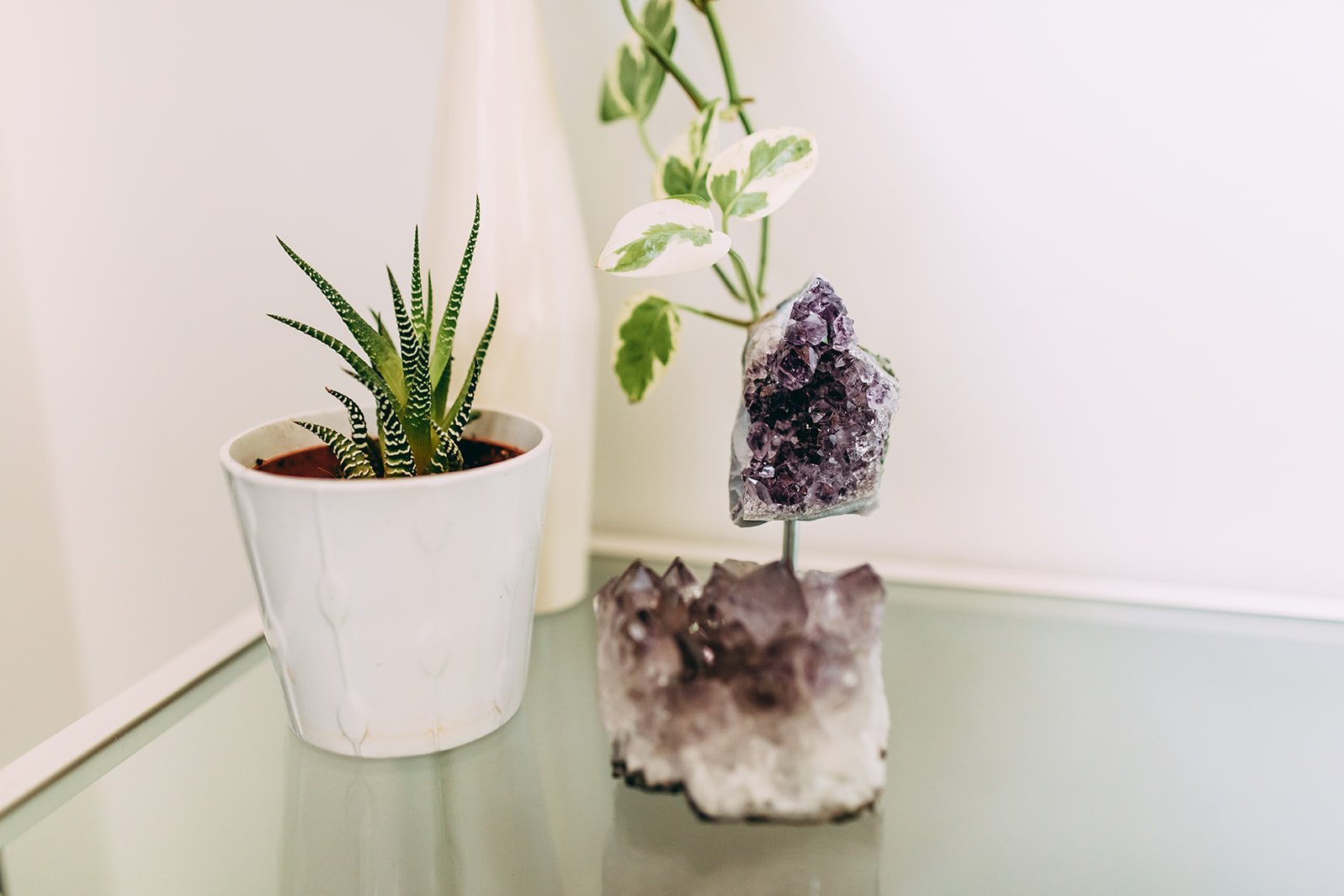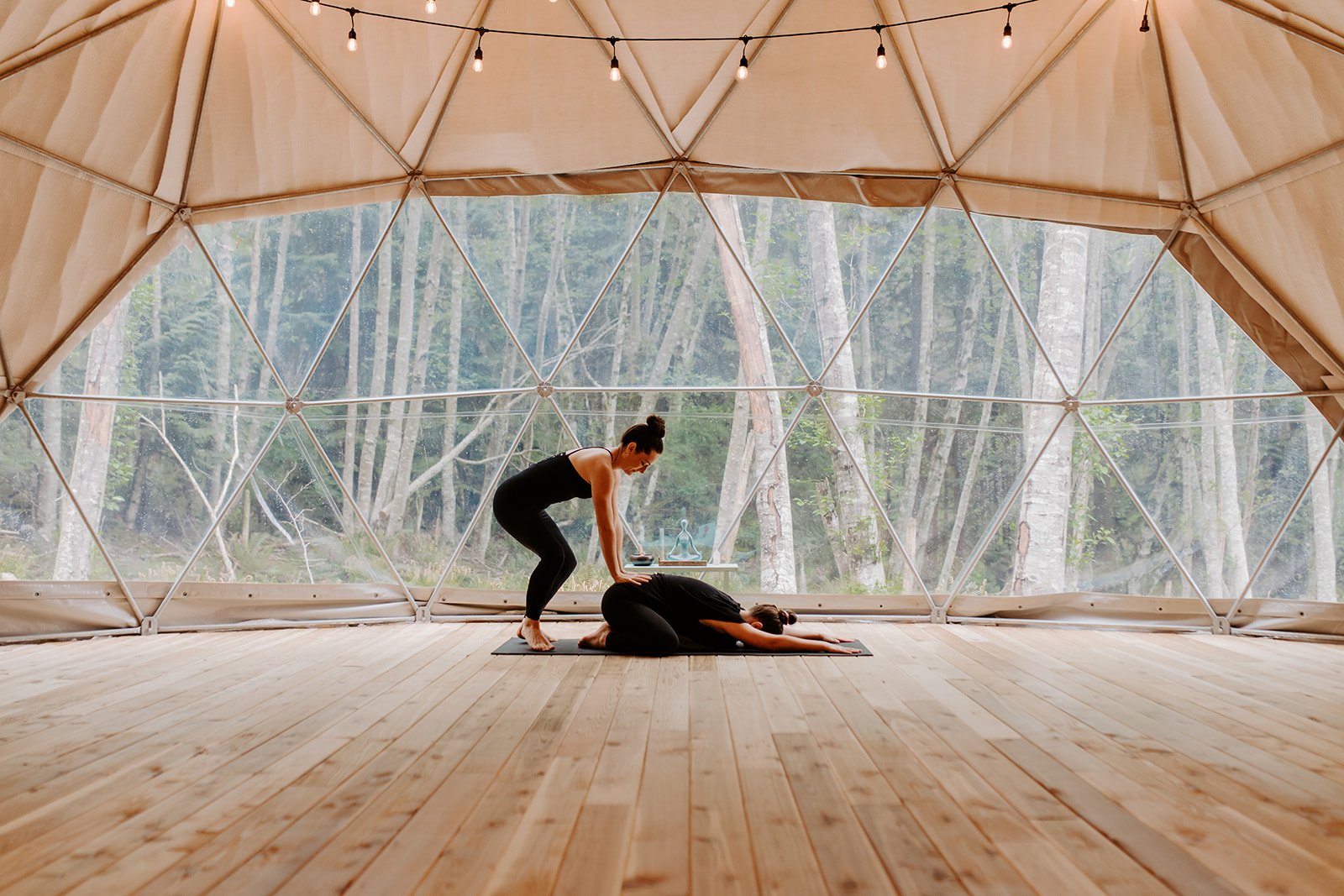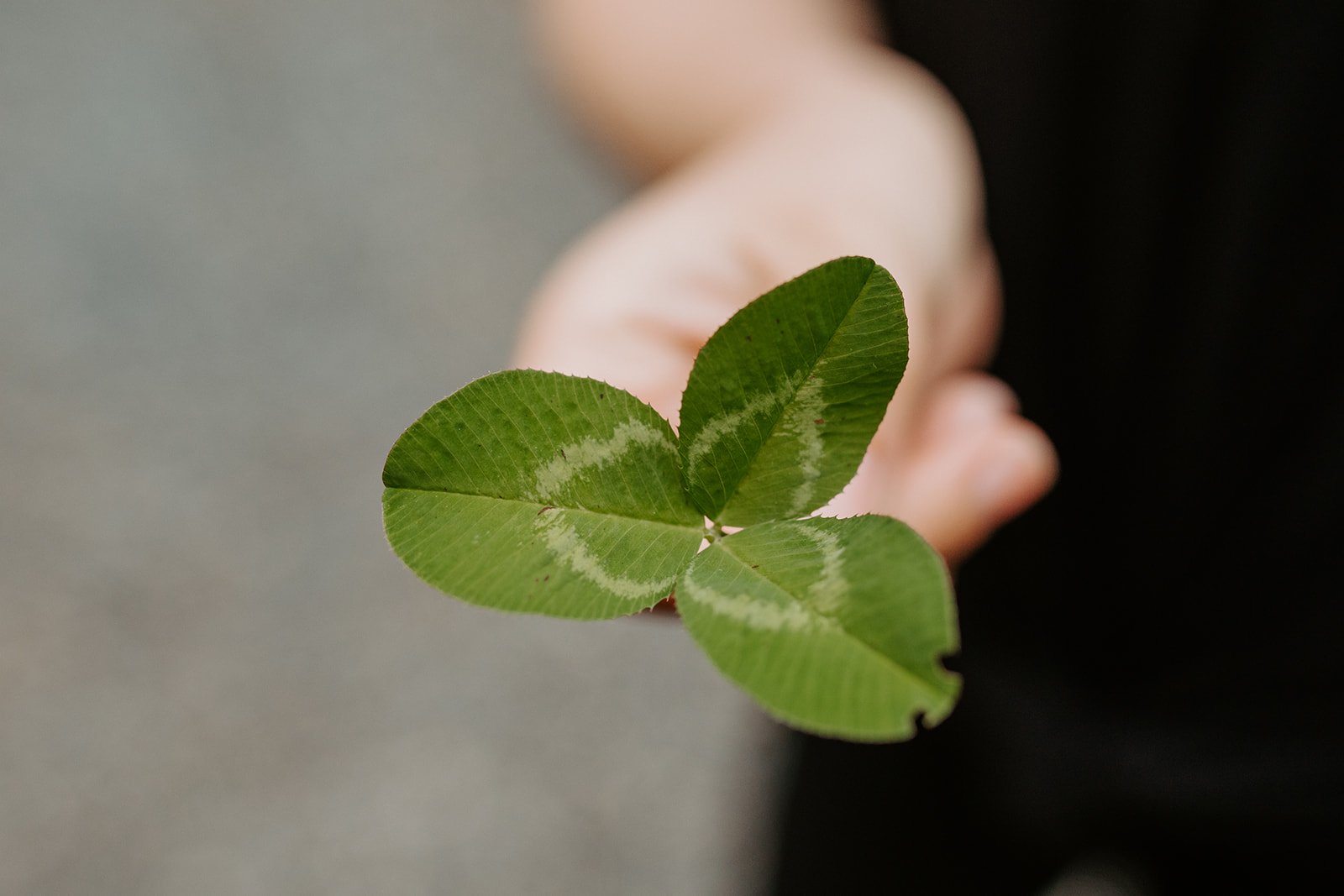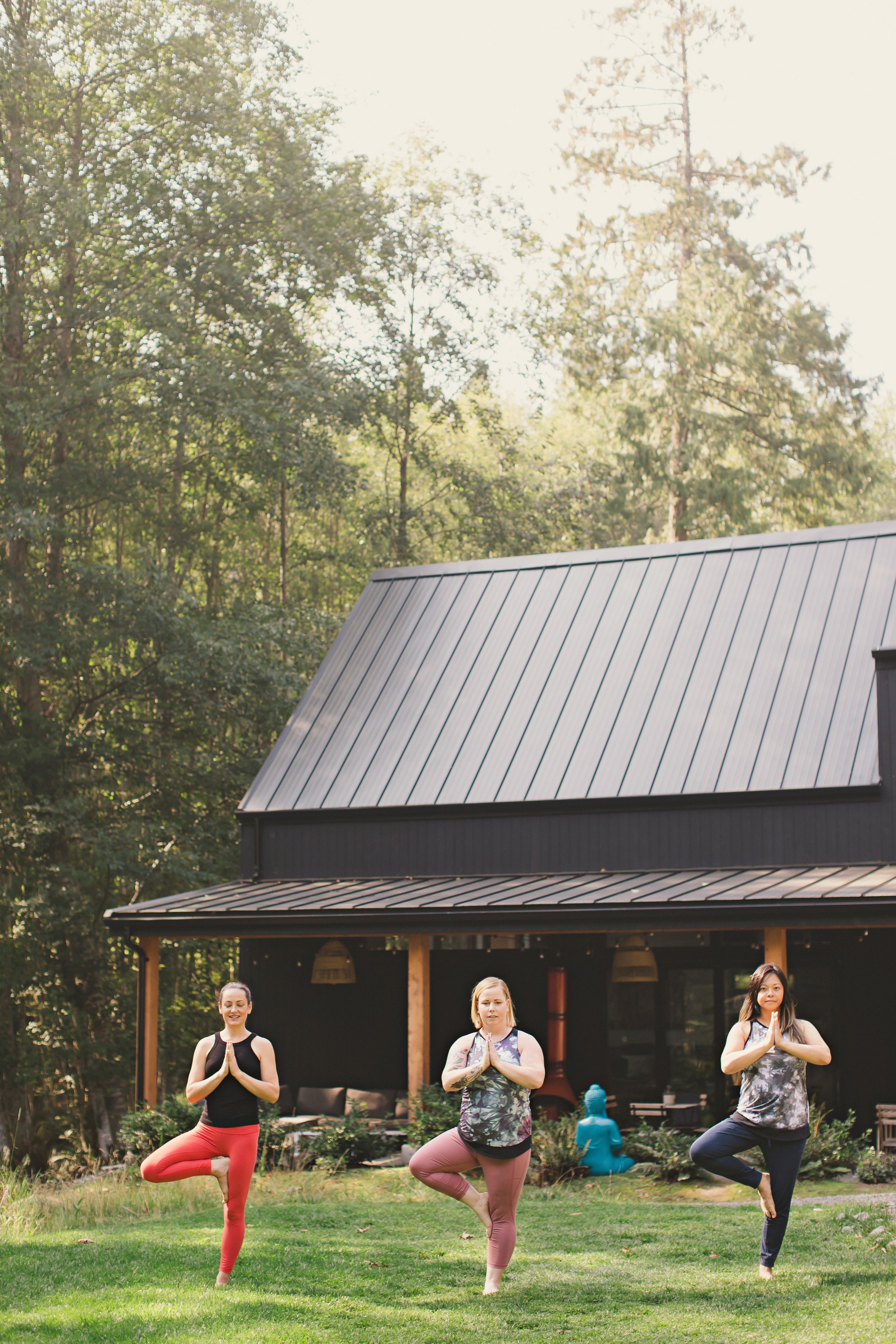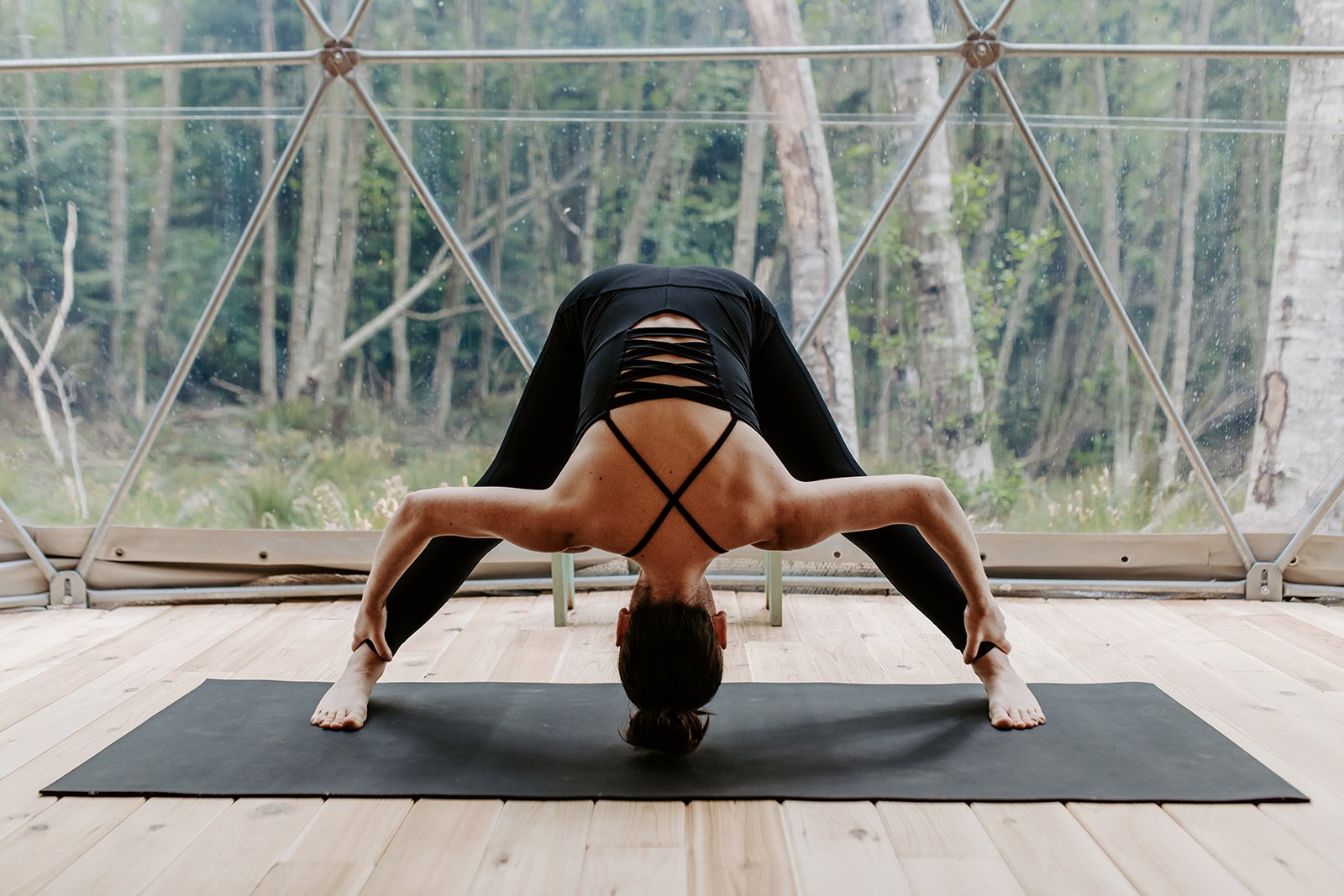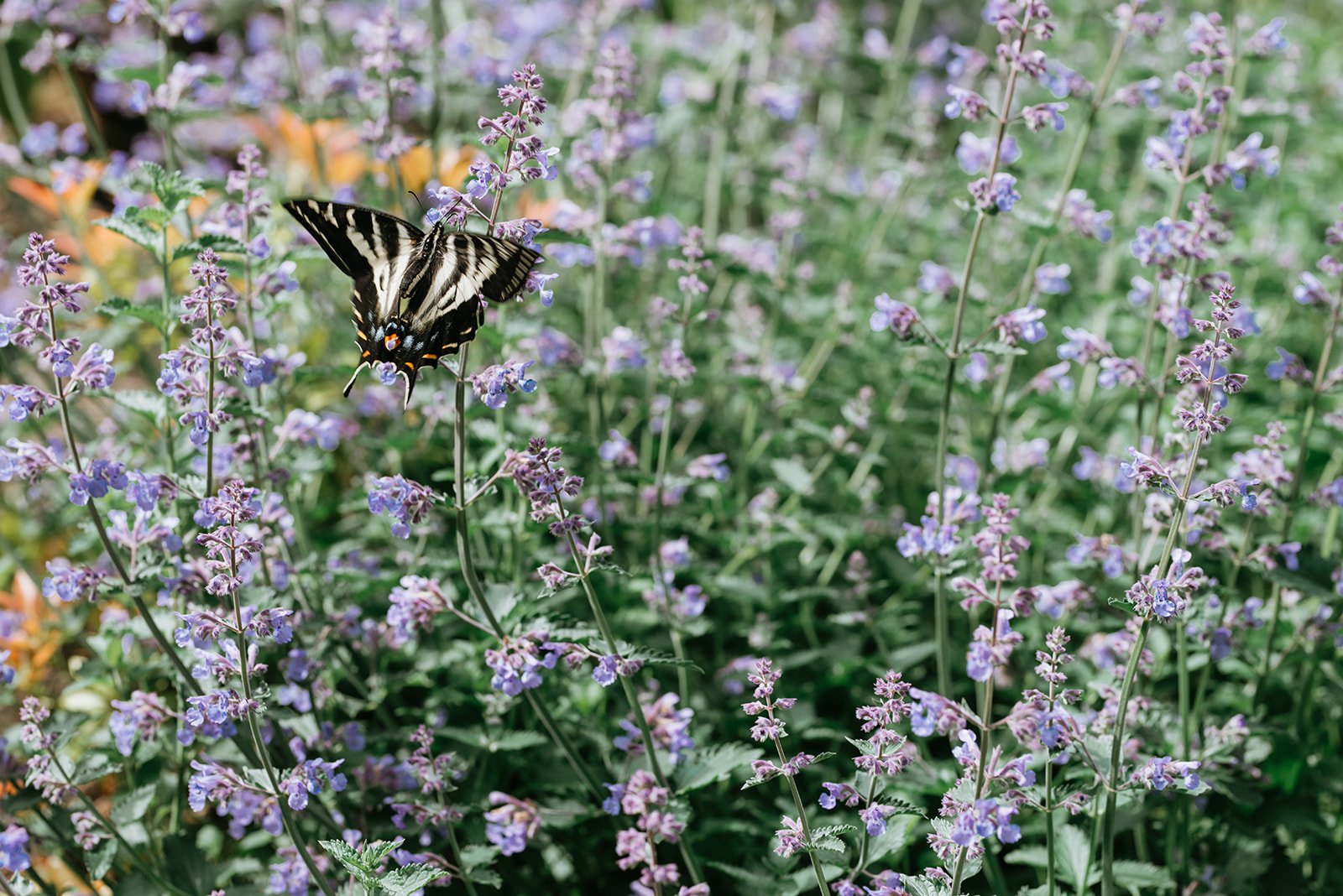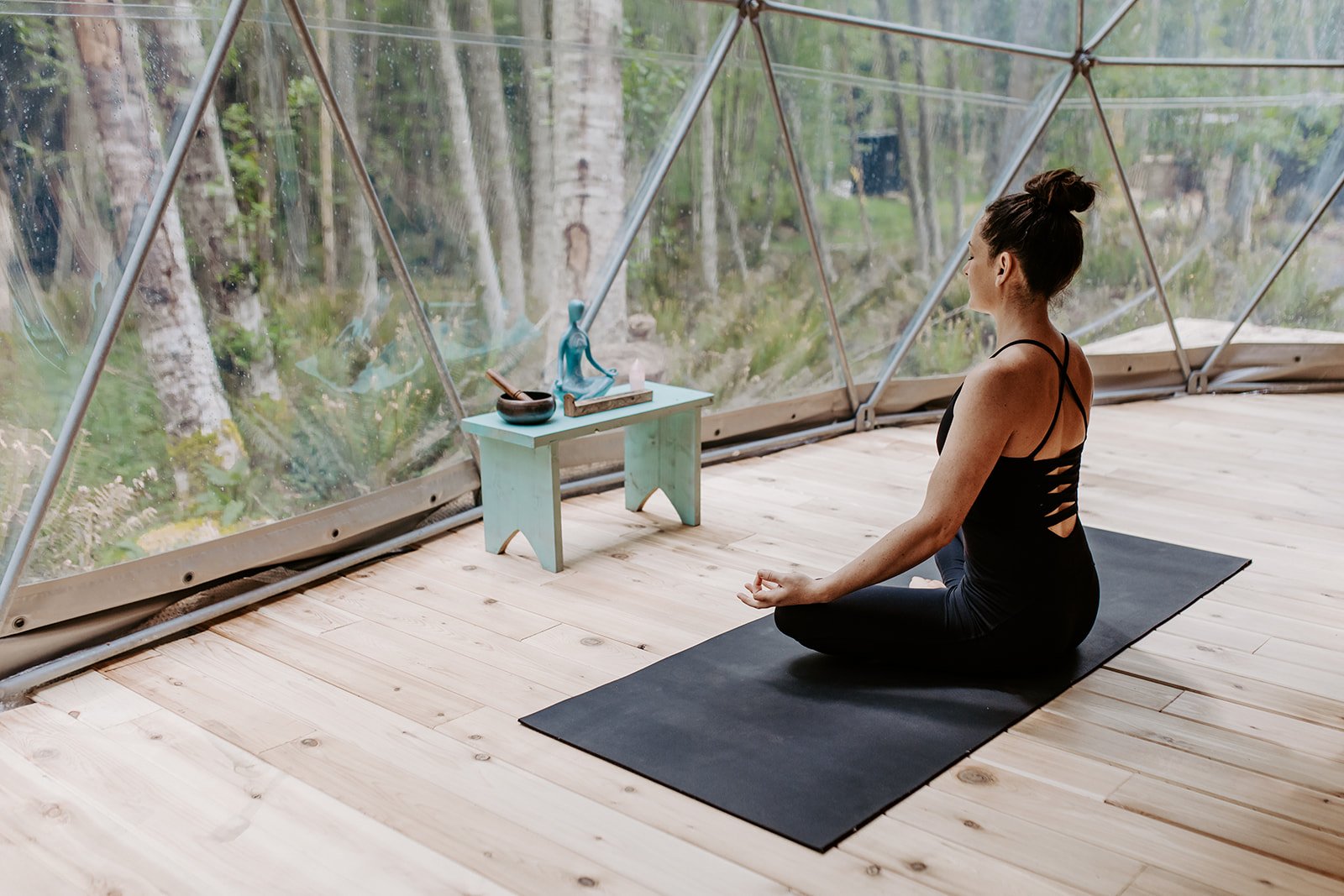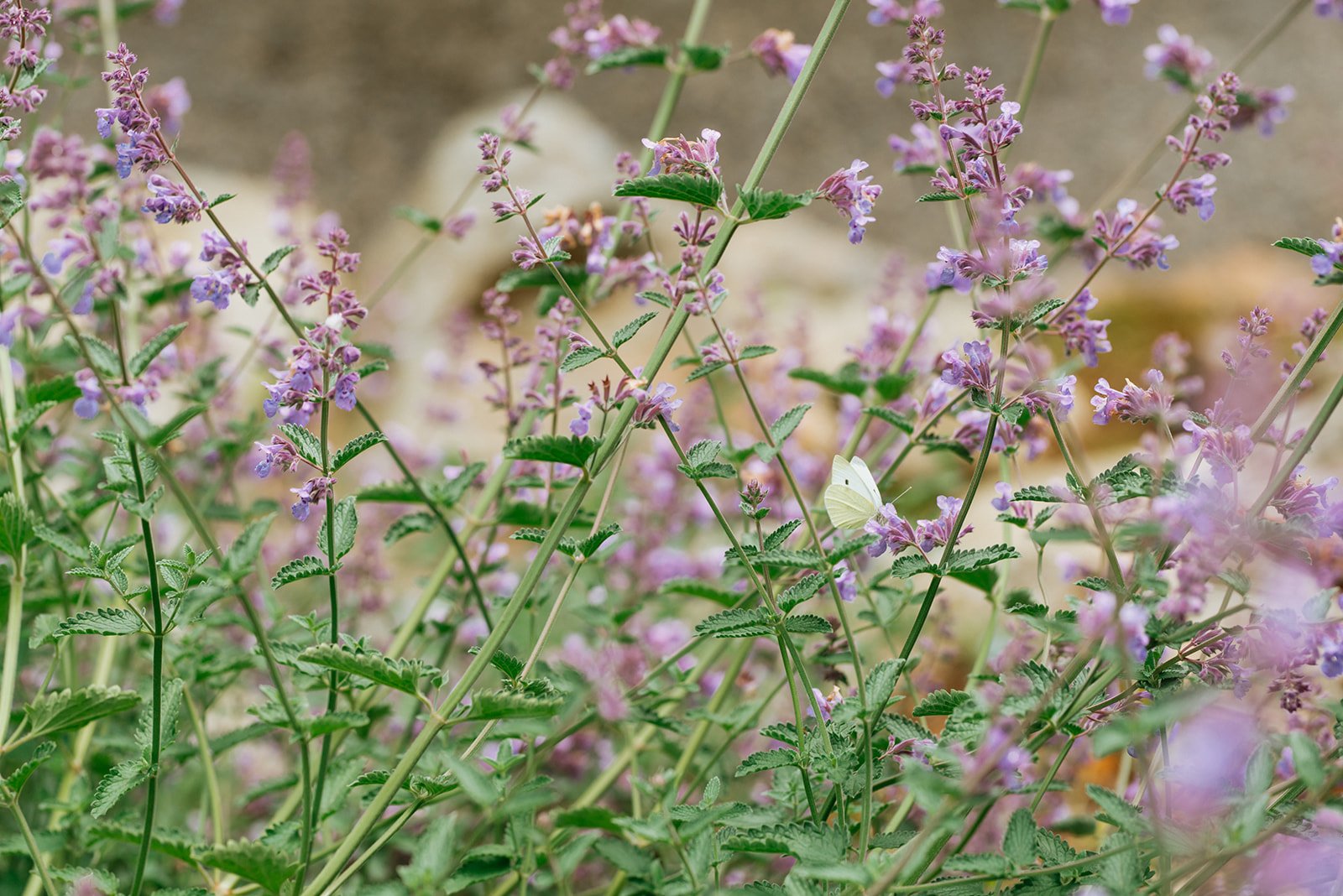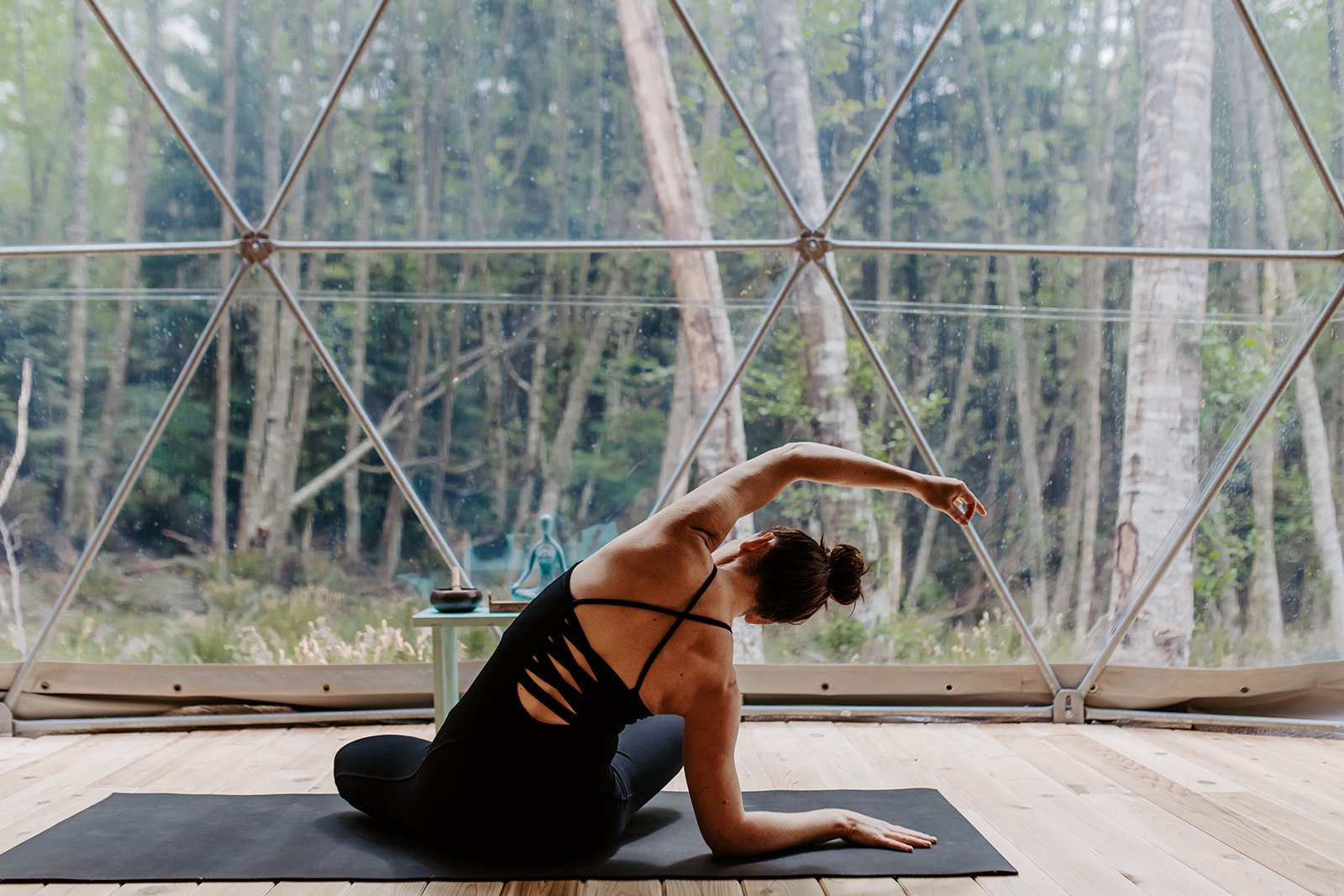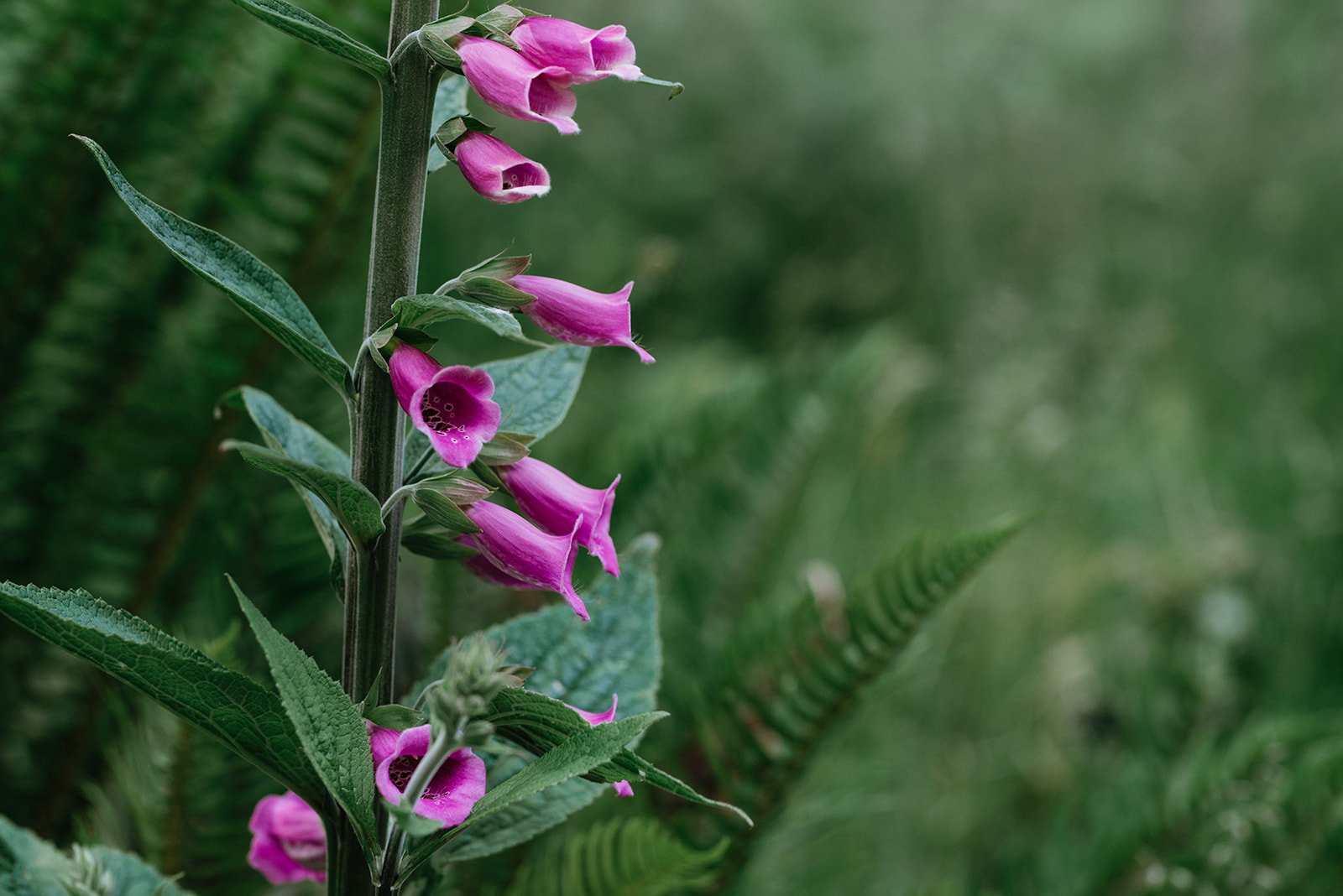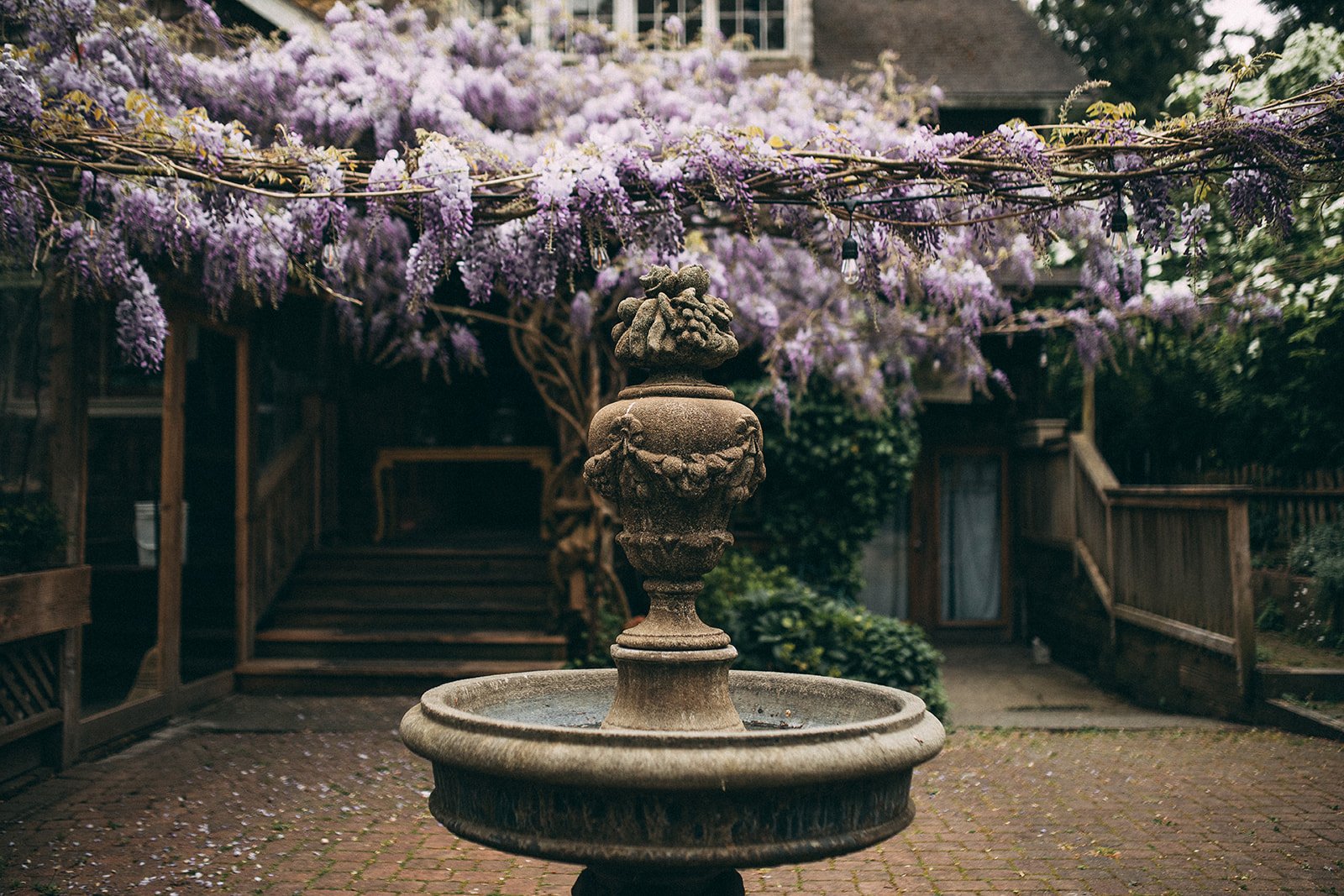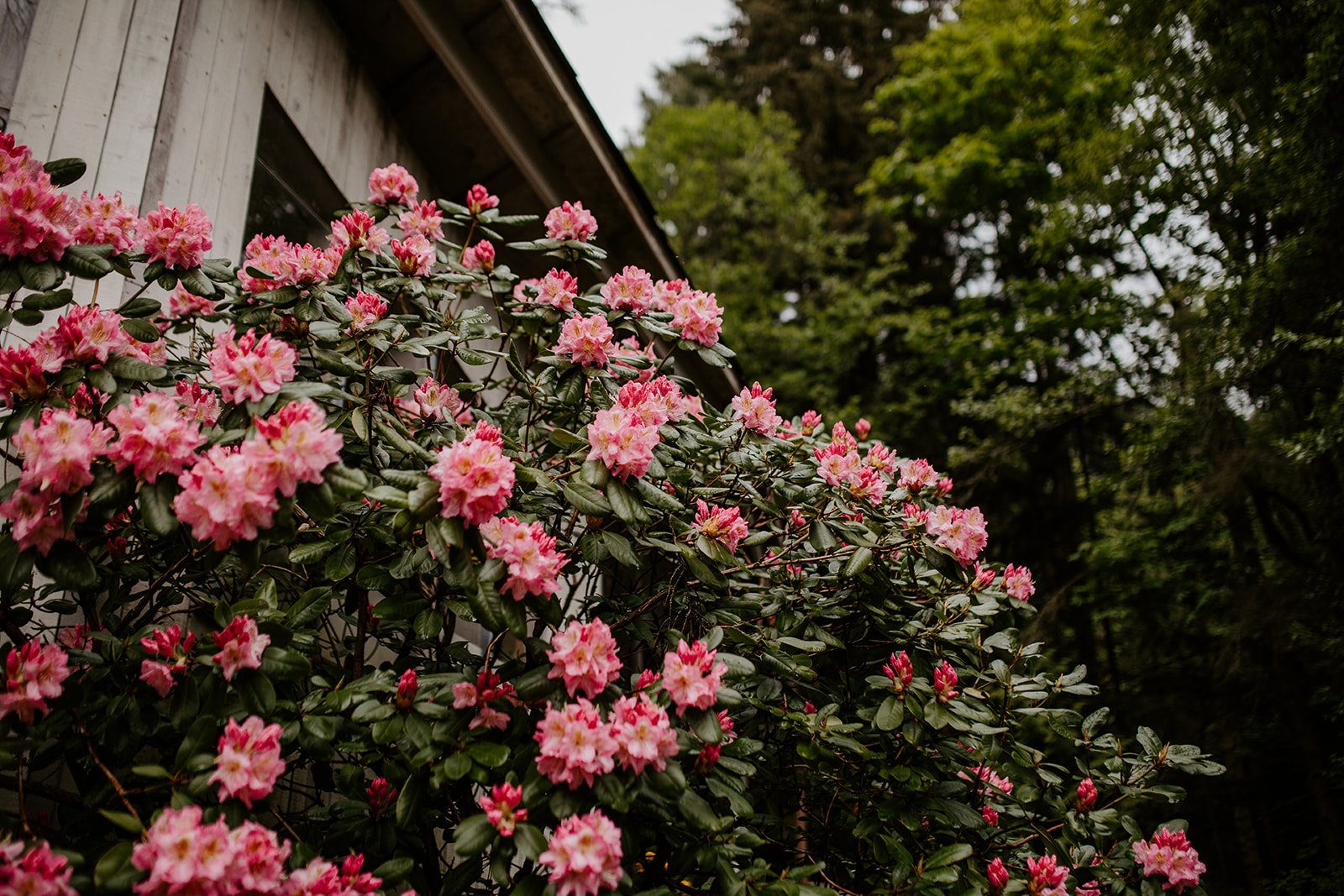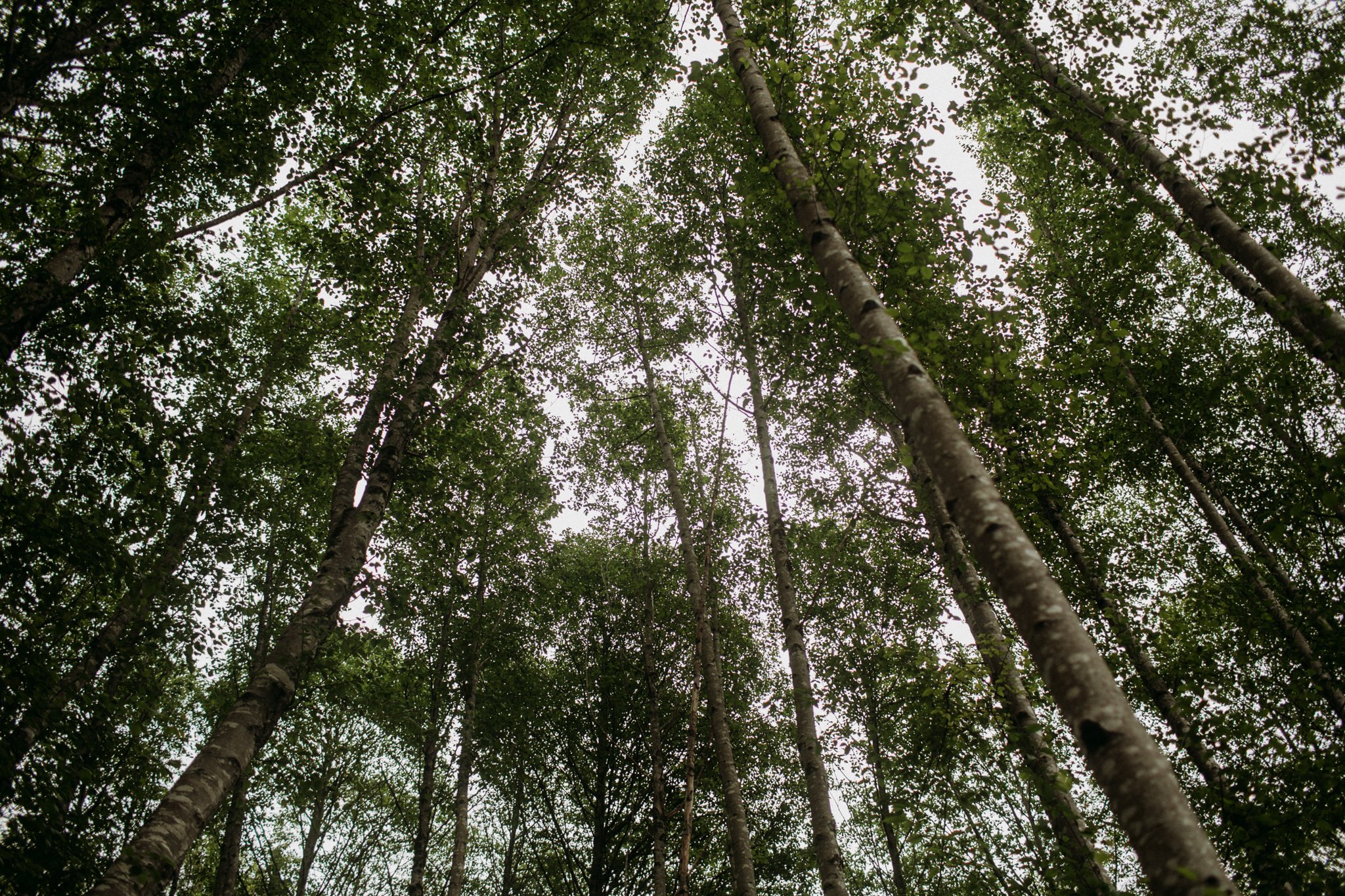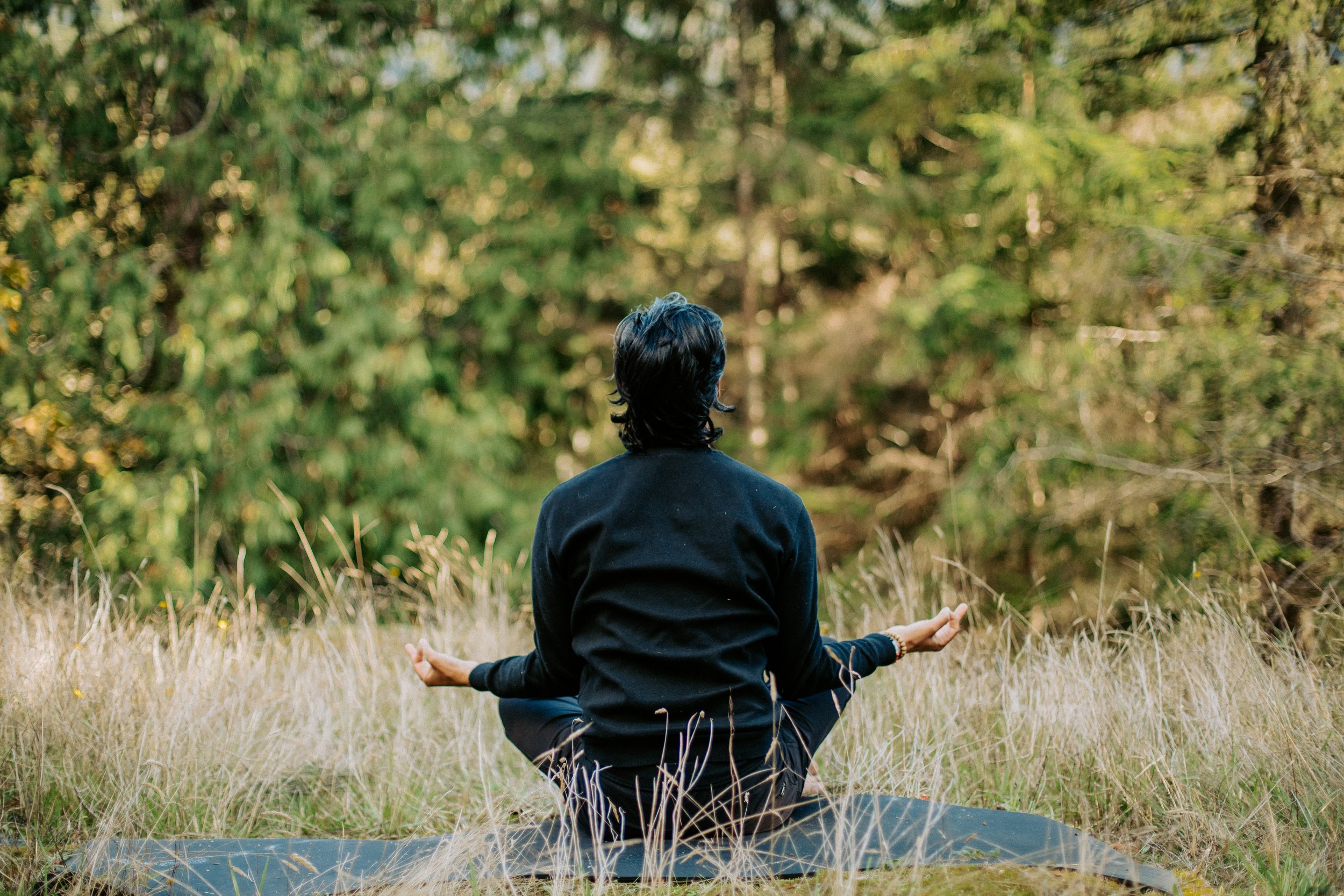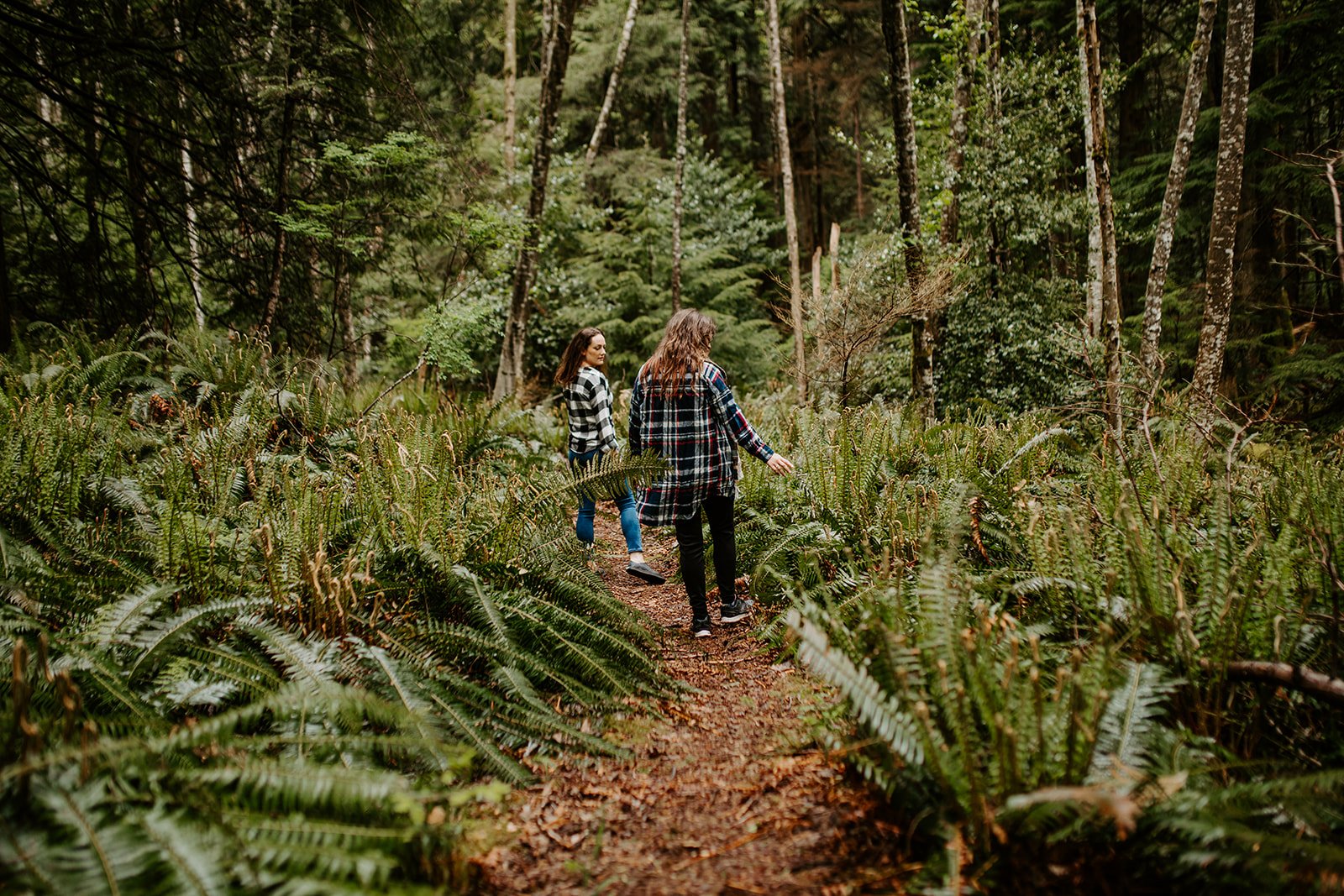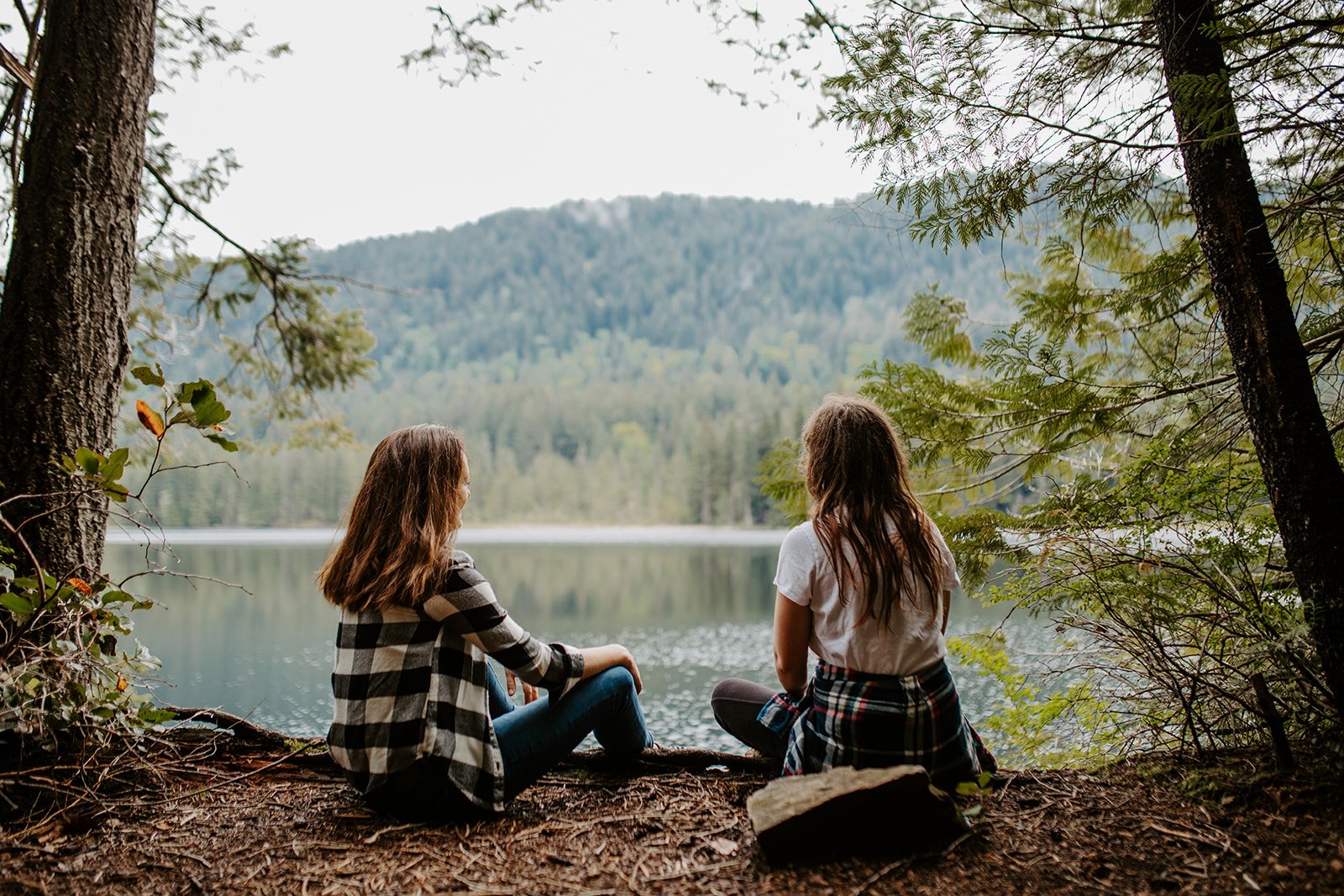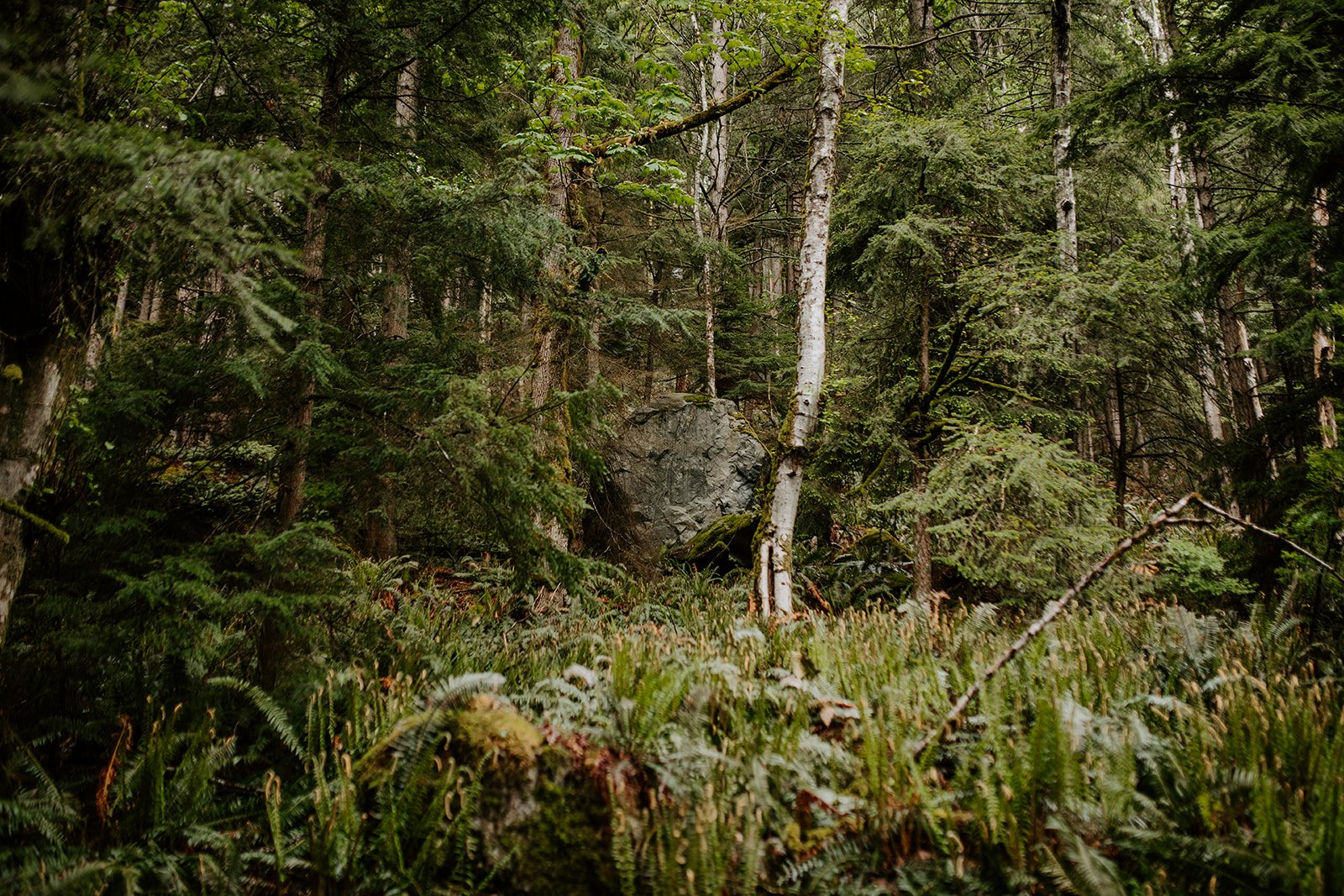As the sun reaches its zenith and the temperatures soar, we find ourselves immersed in the vibrant energy of summer, which aligns with the Ayurvedic season of Pitta. In Ayurveda, Pitta represents the fiery and transformative energy within us. To harmonize with this dynamic season, we can incorporate the principle of Aparigraha into our wellness rituals.
Aparigraha, a Sanskrit term, encourages non-attachment and simplicity, guiding us to let go of the excess and embrace the simple beauties found in the present moment. Combining the energies of Pitta and how to infuse the essence of Aparigraha can help us find balance and bliss in our day-to-day routines and rituals.
Aparigraha is one of the five Yamas, or ethical guidelines, found in the 8 Limbs of Yoga by Patanjali. It is often translated as "non-possessiveness" or "non-grasping", Aparigraha encourages us to cultivate a sense of detachment from material possessions and desires. By embracing the principles of Aparigraha, we can reduce stress, increase mindfulness, and live a more fulfilling life.
Here are some practical ways to incorporate Aparigraha into your daily rituals during Pitta season:
Streamline Your Space: Decluttering your living and working spaces not only creates a sense of calm, but also allows energy to flow freely. Release items you no longer need, keeping only what brings you joy and serves a purpose. A simplified environment enhances clarity and supports a peaceful mindset.
Mindful Consumption: Practice mindful eating by choosing foods that pacify Pitta's fiery energy. Opt for cooling and hydrating foods such as fresh fruits, leafy greens, and cooling herbs like mint and coriander. Avoid excessive spicy, oily, and processed foods that may aggravate Pitta. This mindful approach to nourishment encourages a balanced digestive fire and helps maintain vitality.
Cultivate a Gratitude Practice: Aparigraha invites us to appreciate and be content with what we have. Start or end your day by reflecting on three things you are grateful for. This practice shifts your focus to the abundance in your life and cultivates a positive mindset.
Embrace Simplicity in Self-Care: Choose natural, minimalistic skincare and beauty products that align with the principles of Aparigraha. Look for ingredients that are gentle, nourishing, and free from harsh chemicals. Incorporate practices like oil massage (abhyanga) using cooling oils such as coconut or rose, and take time for soothing activities; such as gentle yoga, meditation, or leisurely walks in nature.
Let Go of Excessive Busyness: Pitta season can drive us to be hyper-focused and goal-oriented. While productivity is essential, it's equally important to balance it with rest and relaxation. Allow yourself moments of stillness, unplugged from technology, to recharge and rejuvenate. Consider minimizing your social media and technology use, and spending more time in nature or engaging in creative pursuits. Prioritize activities that bring you joy and help you unwind, such as reading a book, listening to music, or spending quality time with loved ones.
By embracing the themes related to Aparigraha, we create space for growth, contentment, and a deeper connection with ourselves and the world around us.
Let us know in the comments how you incorporate the energies of Pitta season and the principles of Aparigraha, in your daily rituals.
Book your Nectar Experience Summer package to elevate and share your practices with us here on Bowen Island in beautiful British Columbia. Book your 2-Night Nectar Yoga Experience package here
Sources Cited:
Acknowledgement and thanks to the contributing writers for the resources of this publication from Sejal Shah via The Art of Living and Scott Blossom via YogaJournal.
As always, sending gratitude to our community near and far, both for taking the time to explore our blog and for walking the path to your best self - we hope this resonated and aided you in finding peace and balance within.
If you feel called to share your feelings and practices surrounding the practice of Aparigraha, please do so in the comments below or send us a message via email.
All Photos - Copyright Nectar Yoga


